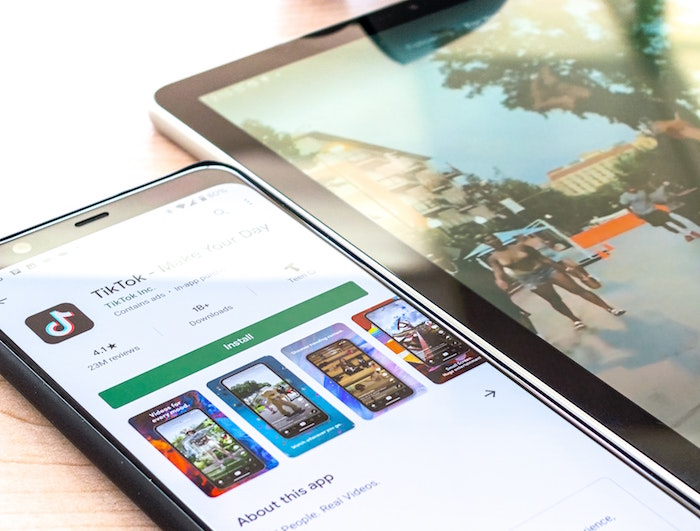Being a marketer today means having to consistently be in the loop of what is happening in an increasingly cluttered (read: ‘frustrating’) media landscape. But not all media channels are meant for each and every brand, and finding those that meet the objectives of the brand while bringing inherent value to the audience is a challenging balancing act. The current iteration of the conundrum, which is so gloriously confusing most marketers, is “What the hell do we do with TikTok?” And the answer might not be what you instinctively think.
Since launching in South Africa in 2018, TikTok has garnered roughly six million monthly active users locally. Much of what has made the platform so successful – simple creativity, authenticity, community, and short-form video – has collided to present something uniquely enticing for South African audiences online. And, expectations are high for the platform to continue growing from strength-to-strength.
As a result, marketing departments and agencies alike are starting to take notice. Additionally, TikTok for Business launched earlier this year in South Africa making a host of ad solutions available to meet a variety of objectives. The avenues for brands to explore TikTok have never been better be it through creating their own pages and content organically, leveraging paid solutions, or collaborating with creators.
Read more: TikTok for Business | The evolution of content
In spite of this, there’s a general hesitancy to explore the platform because these marketing departments and agencies don’t have a clear picture of how to just get off the ground. The solution is a lot simpler than it may appear, and it all comes down to creators.
Let’s pause and consider. Almost every digitally-focused campaign features influencers either as a central component, or as a means of amplifying it. From the macros (established celebrities) to the micros (dedicated full-time influencers) to the nanos (budding influencers and side-hustlers), an entirely new element in the marketing industry has become well established and continues to scale.
Global estimates value the influencer marketing industry at some $13.8-billion in 2021 alone. In the South African marketplace, influencer marketing will remain a recurring piece in the modern marketer’s toolkit as local audiences continue to engage creators and others actively aspire to become content creators themselves.
Up to this point, influencer marketing has been focused on the ‘big three’: Instagram, Twitter and Facebook. These established platforms have had years to tinker and refine their service offerings for both audiences and creators. As a new channel – and partly in response to the gaps in these more algorithmically-driven platforms – TikTok presents opportunities for both parties.
Metrics are astounding
In a nutshell, the rules of engagement on TikTok versus those pertaining to other platforms are inherently unique.
What’s more, given how differently the platform operates to the others as well as the nature of the content itself, those creators who have historically found success across the big three platforms may find some challenges pivoting towards TikTok. This has given rise to an entire new set of local creators on TikTok who have already found and built strong audiences through their own individual brands of authentic entertainment.
Over and above this, where platforms such as Instagram have become saturated with creators, TikTok presents the ability for almost anyone to now become a top creator – and the early data is promising.
Metrics from the likes of Upfluence are astounding. Where micro creators (under 15 000 followers) are showing 3.86% engagement on Instagram, creators on TikTok are reaching 17.96%. Established creators (100 000 and 1-million followers) are typically achieving 1.96% engagement on Instagram, on TikTok its 6.67%. The biggest contrast is between the megas (1-million followers and more) where creators on Instagram net 1.21% engagement; on TikTok its 4.96%.
The original marketer’s conundrum of whether to TikTok or not, is today less so ‘how’ and more so ‘when’.
And many will be challenged when it comes to establishing their own channels of consistent quality content fit for platform. In fact, what may work on the aforementioned ‘big three’ will most likely fail to entice audiences on TikTok.
But with the right strategy, collaborating with local creators who have deep insights into both the platform and their own audiences, sounds like the better investment. Through forging and building authentic relationships over time between creators and brand partners, this could yield fantastic results for both parties. And the biggest winner of all will ultimately be the audience.

Jordan Major is a senior strategist and writer who believes in the power of collaborating with culture to connect brands to their customers. In his role at RAPT Creative he works alongside the creative studio to ensure all work is informed by insights and data to ensure that the work is executed holistically in unique territories and across the relevant channels.














